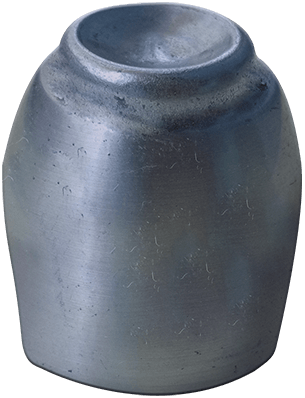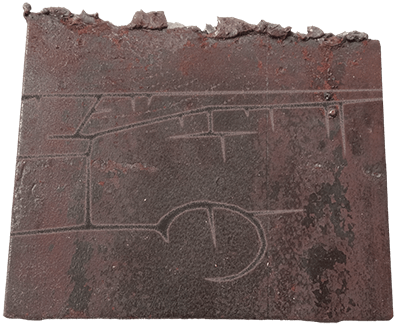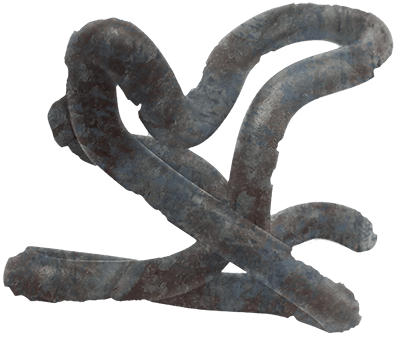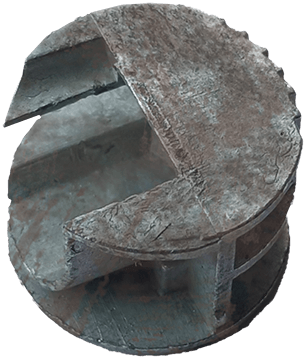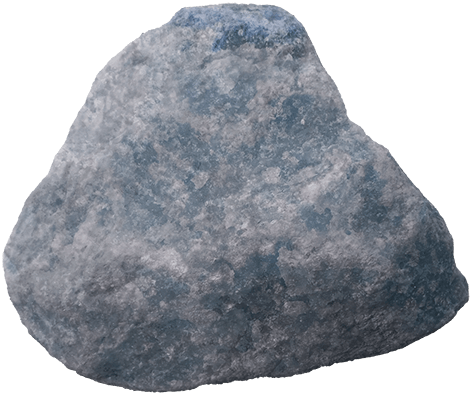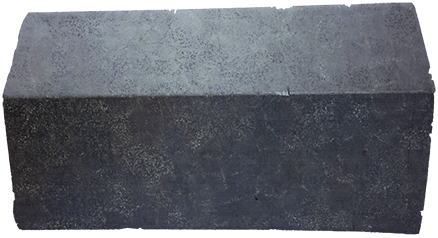Urgent Report From RS-7726 2:
Our robotic expedition has uncovered unusual artefacts near the Larson Crater, 977 kilometres north of base at EarthTime 15-35-4-19-10-2137. These artefacts appear to be of non-natural origin, and further analysis has indeed confirmed their strangeness. I cannot say this for sure, but these objects may very well be signs of extra-terrestrial life and intelligence, the first to be discovered ever. Exuberant from such a discovery, our team has stayed active for the past 37 hours, running various tests on these objects. I have logged our most recent results below.
